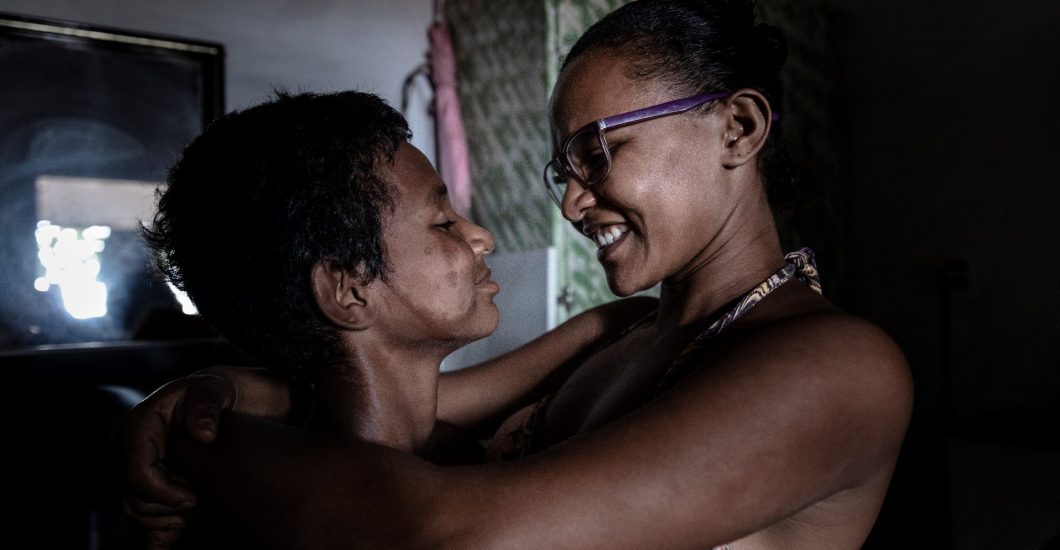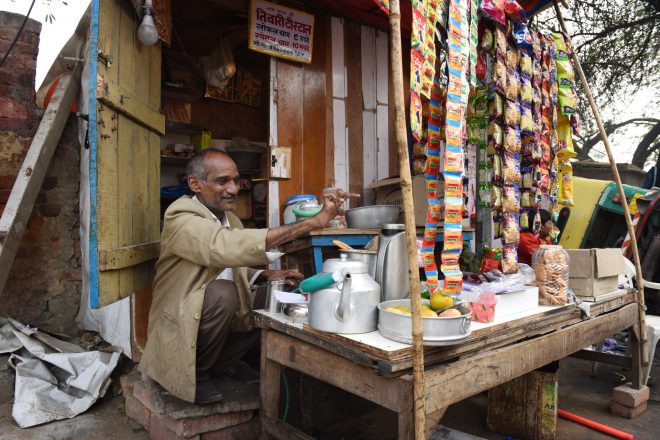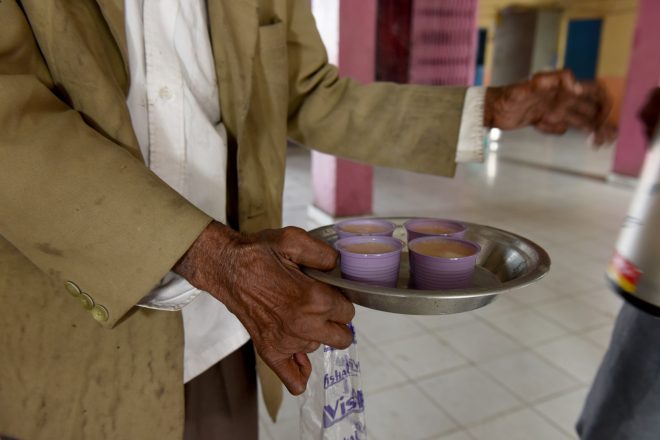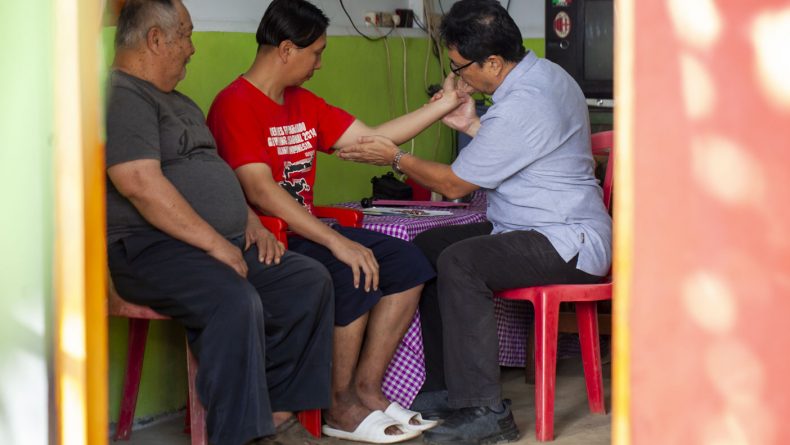Zero Exclusion
It is not just the physical effects of leprosy which devastates lives. The prejudice that people experience is separating them from society and excluding them from full participation in all ways of life, causing many affected and disabled by leprosy to feel ashamed and worthless.

A barrier to treatment
Not only physical effects of leprosy have an impact on the persons affected by this disease, but other consequences are felt even long after treatment of the disease. Social stigma and discrimination are major barriers for equal participation at community level and in wider society. This terrible stigma is also a barrier to treatment. Many people hide away, avoiding a diagnosis for fear of its consequences. It is crucial that we keep fighting this stigma and discrimination. People have prejudice and show negative attitudes that exclude persons affected from social and economic activities. This stigma can come from family, community members and unfortunately even health workers. This is examplified by this video of health workers in Indonesia.
Sometimes discrimination is institutionalized and defined by laws. Persons affected by leprosy often experience themselves feelings of low self-esteem and self-worth and those with a disability encounter physical barriers that exclude them from accessing buildings and participating in activities. Not only persons with leprosy encounter exclusion, also family members sometimes even the next generation may be stigmatized by other community members.
Ending the stigma of leprosy
ILEP, the International Federation of Anti-Leprosy Associations that NLR is a member of, published an insightful interactive report about the stigma and discrimination often experienced by people affected and disabled by leprosy. Read the report to learn more about the experience of stigma and how it can be overcome


